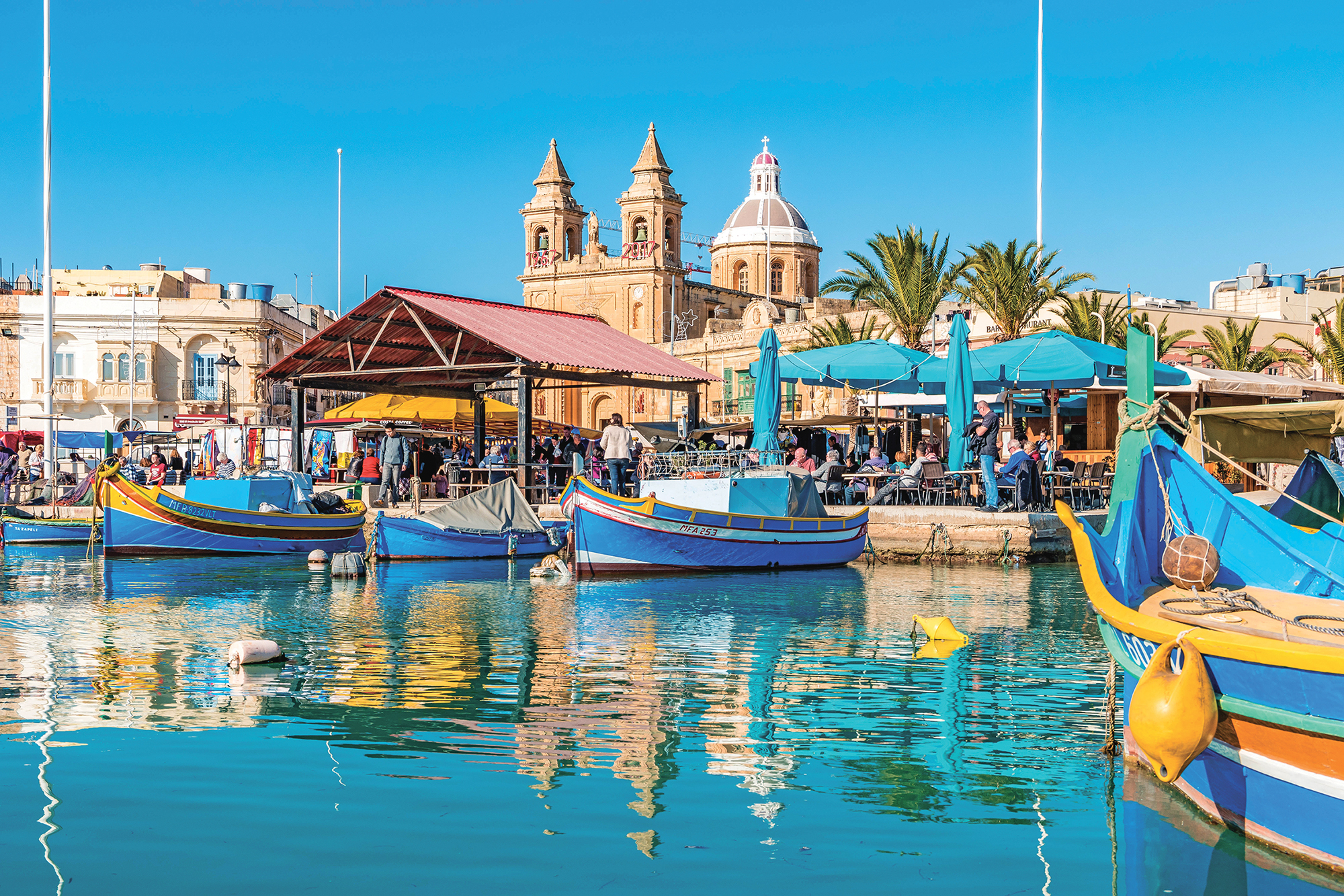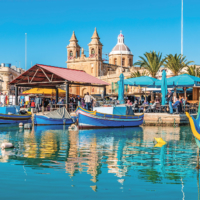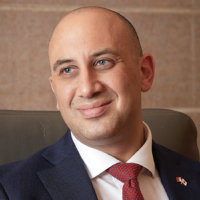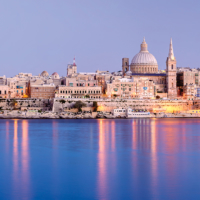The 2025 World Expo in Osaka is expected to welcome millions of visitors from around the globe, offering Malta a dynamic platform for cultural diplomacy and commercial engagement under the fair’s unifying theme: “Designing future society for our lives.”
In this context, the government of Malta, in close coordination with the Malta Tourism Authority, has mobilized a comprehensive national strategy to ensure that its pavilion offers not only a compelling display of the country’s heritage and innovation, but also a substantive contribution to global conversations on sustainability, technology and quality of life.
Expo 2025 is not merely a cultural event. It represents a critical interface between national branding and global policymaking, enabling countries to express their visions for the future while cultivating bilateral and multilateral partnerships. For Malta, a small but strategically located island nation at the crossroads of Europe, Africa and the Middle East, participation is an act of deliberate and future-oriented diplomacy.
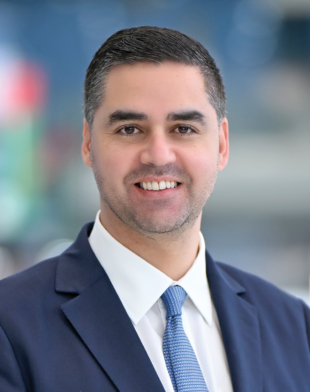
“Our presence in Osaka is an expression of Malta’s unwavering commitment to global cooperation and forward-looking engagement,” said Deputy Prime Minister and Minister for Foreign Affairs and Tourism Ian Borg. “This expo is a vital platform for us to articulate our values, promote our national interests and strengthen our visibility among nations, particularly in Asia. As we showcase our tourism offering, digital innovation and environmental stewardship, we are also deepening our relationship with Japan and expanding our influence across the Indo-Pacific.”
Borg underscored that Malta’s participation is part of a foreign policy orientation aimed at expanding its global footprint: “Japan is a strategic partner for Malta — economically, diplomatically and culturally. Expo 2025 provides the momentum to accelerate joint ventures, facilitate knowledge sharing and unlock new opportunities in trade, education and technology.”
The deputy prime minister also emphasized the fair’s alignment with Malta’s diplomatic objectives within multilateral frameworks: “Expo 2025 allows us to engage not just bilaterally, but multilaterally, reinforcing Malta’s commitment to sustainability, equity and global governance. We are proud to be part of this global dialogue.”
Malta’s engagement with Japan has evolved steadily over the past decades, underpinned by growing trade, tourism, cultural exchange and high-level diplomatic contact. The expo represents a timely opportunity to amplify this trajectory, especially as Malta seeks to develop stronger ties in the Asia-Pacific region.
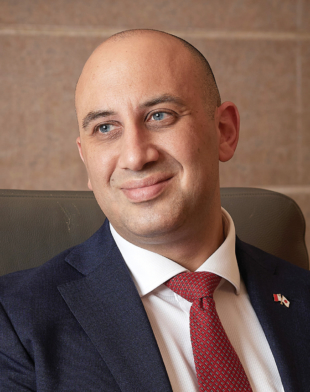
Andre J. Spiteri, Malta’s ambassador to Japan and its commissioner general to Expo 2025, has played a central role in laying the groundwork for Malta’s participation and ensuring that the Maltese presence in Osaka will resonate with Japanese stakeholders. “The Japan–Malta relationship is rooted in mutual respect and shared interests,” Spiteri said. “Our two nations, while geographically distant, have found common ground in maritime affairs, digital innovation, climate resilience and cultural heritage. The Osaka Expo is a unique chance for Malta to engage directly with the Japanese public and private sectors while reinforcing the bonds that tie our governments and people together.”
Spiteri noted that Japan’s enthusiasm for Mediterranean culture, architecture and cuisine has grown significantly recently. “We know that Japan holds Europe in high regard and Malta’s distinct blend of European and Mediterranean identities makes us uniquely appealing. Our participation in the expo will help translate this curiosity into meaningful collaboration.”
As part of its diplomatic outreach, the Embassy of Malta in Tokyo coordinated a number of high-level meetings, public diplomacy events and economic initiatives in the lead-up to the expo, aimed at stimulating long-term bilateral engagement. According to the ambassador, Expo 2025 is not a stand-alone event, but rather “a springboard for Malta’s long-term presence and recognition in the Asia-Pacific region.”
Malta remains one of Europe’s premier diving destinations, with Japanese divers increasingly drawn to its shipwrecks and underwater archaeological sites. In 2024, MTA recorded a 14% rise in diving permits issued to Asian nationals.
In parallel, Malta has become a top destination in Europe for those studying English. Over 3,600 Japanese students studied English in Malta last year, lured by its Mediterranean lifestyle, high safety index and personalized instruction. “These students are not only learning a language — they are becoming informal ambassadors for Malta in Japan,” Spiteri noted. “We have alumni associations in Tokyo and Osaka now. It’s a community.”
MTA spearheads national pavilion
At the core of Malta’s expo strategy lies the MTA, which is leading the national pavilion’s design, programming and promotional campaigns. Building on its experience in international marketing and cultural promotion, the MTA is crafting an immersive and engaging experience that will introduce visitors to the unique appeal of Malta as a destination and as a forward-looking nation. Localized content, manga-style visuals and culturally resonant branding are helping Malta differentiate itself from other Mediterranean destinations.
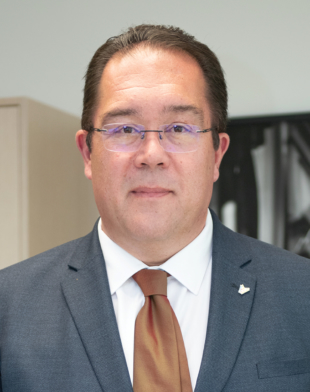
“Our vision for the Malta Pavilion is to create a multisensory journey that brings our islands to life for every visitor,” said Carlo Micallef, the MTA’s CEO. “From our UNESCO World Heritage Sites to our digital innovation ecosystem, we want people to understand that Malta is not only a place of beauty and history, but also a country that is shaping the future.”
The pavilion, inspired by traditional Maltese architectural motifs blended with contemporary design elements, features interactive displays, virtual reality installations and live cultural programming. The MTA has partnered with leading Maltese artists, technologists and educators to present Malta’s culture, language and lifestyle in a modern and engaging format.
In addition to the physical presence, the MTA is rolling out a Japan-focused promotional campaign designed to elevate Malta’s profile among Japanese travelers and investors. This includes digital outreach, cultural collaborations and joint initiatives with Japanese travel agencies. The goal is to position Malta as an ideal destination for high-value tourism — one that combines heritage, hospitality, innovation and wellness.
“We want to engage not only tourists, but also students, entrepreneurs and policy thinkers,” said Micallef. “Malta offers a model of sustainable development and quality of life that resonates strongly with Japanese values. We are extending an invitation to explore, connect and collaborate.”
A key theme of Malta’s tourist product is the promotion of sustainable and experiential tourism, areas in which the MTA has invested heavily over the past decade. As part of its Tourism Strategy 2021–2030, Malta has committed to transforming the tourism sector into one that is innovative, inclusive and environmentally responsible. It has initiatives such as eco-certification programs, green infrastructure, community-led tourism and climate action plans, presenting it as a case study in sustainable island tourism. Visitors will learn how Malta is integrating technology, policy and education to mitigate the environmental impacts of tourism while maximizing social and cultural benefits.
Malta’s tourism sector has emerged from the pandemic with a renewed focus on quality, sustainability and market diversification. According to Micallef, the country welcomed 3.6 million tourists in 2024, up from 3 million in 2023 and surpassing prepandemic figures. More importantly, tourism expenditure climbed by $681 million to reach over $3.7 billion.
“In 2024, we focused on attracting higher-yield, year-round tourism,” Micallef said. “We aimed to grow winter travel and manage the natural summer peak by ‘flattening the curve.’ This meant investing in marketing, sports events, gastronomy, culture and history — particularly targeting the shoulder and off-peak months.” Recently, the MTA established partnerships with Emirates and LOT Polish Airlines, while Qatar Airways is returning to help boost connections with Japan and other Asian countries.
“As an island, 99% of our visitors arrive by air, with a small portion coming via fast ferry from Sicily,” Micallef said. “Our strategy focuses on expanding connectivity through legacy carriers, not just local ones. We have launched new routes with Aer Lingus from Dublin and are adding LOT Polish Airlines flights from Warsaw, enhancing links to North America, Asia and Eastern Europe.
“Qatar Airways resumes in July, and our partnerships with Emirates and Turkish Airlines continue to grow. Lufthansa, British Airways, Air France and KM Malta Airlines have all increased capacity, connecting us more efficiently to major European hubs. The goal is to make Malta easily accessible with one-stop connections from long-haul markets — and eventually, to establish direct flights from North America or Asia.”
Malta’s tourism strategy is built on a solid foundation of environmental sustainability and digital transformation.
“We are encouraging climate-friendly practices through Global Sustainable Tourism Council and Green Key certifications,” Micallef said. “Our goal is to build a tourism sector that is environmentally responsible and economically viable. Sustainability is not a luxury — it’s a necessity. Through our pavilion, we hope to inspire visitors to reimagine travel as a force for good and to see Malta as a living laboratory for green innovation.”
Beyond culture and tourism, Malta’s presence at Expo 2025 serves as a vital function in economic diplomacy. The pavilion will host targeted events designed to attract Japanese investment in sectors such as financial services, life sciences, esports, maritime logistics and clean energy.
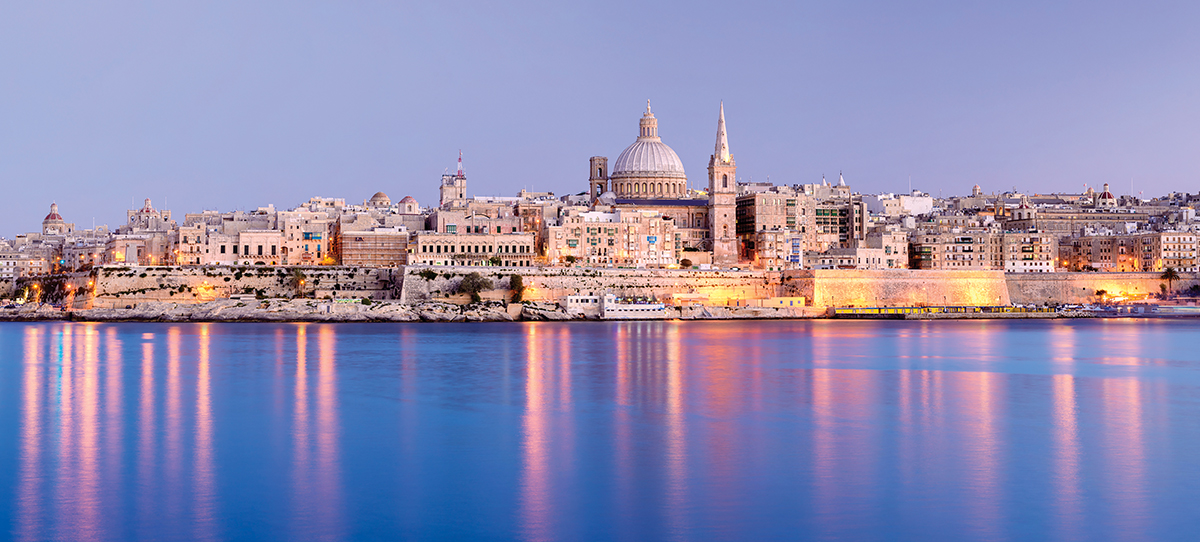
Collaborative strategy
The MTA, partnering with Malta Enterprise and the Ministry for Foreign Affairs and Tourism, is organizing business roundtables, startup showcases and bilateral meetings to foster commercial links between Malta and Japan.
These engagements are intended to complement the cultural programming and ensure that Malta’s participation translates into tangible outcomes for its economy. Business discussions will center on sectors including artificial intelligence, cybersecurity, sustainable energy and cultural tourism. TradeMalta will lead a delegation of Maltese businesses to explore further collaboration during the expo.
“Our business development scheme supports companies moving into higher value-added areas, especially digital innovation. With the rise of AI and large language models, embracing digital transformation is essential. Malta has long been at the forefront of blockchain — our regulations even influenced the EU’s framework — and we continue to attract strong players in the space, explained George Gregory, the CEO of Malta Enterprise.
Malta’s marketing strategy in Japan is rooted in storytelling. This includes tales of military valor, culinary traditions and quirky anecdotes drawn from the nation’s layered history.
“We are sharing captivating stories, from what the grand master ate during the Great Siege to the chapel at Fort St. Elmo where six knights made their final stand,” Micallef said. “These stories add emotional depth to our campaigns and resonate strongly with Japanese travelers seeking culture and meaning.” Simple, authentic messaging has proven most effective, especially in the Japanese market.
As Malta looks eastward, the message is clear: The country is welcoming and full of promise.
“Many Japanese have already visited Europe’s great capitals,” he said. “Now is the time to discover Malta — a crossroads of cultures where visitors find Roman ruins beside Arab fortifications, French-style boulevards leading to British red phone boxes and meals that blend Italian, North African and Mediterranean flavors.”
For investors, Malta offers a stable, EU framework, clear regulatory pathways and strong diplomatic backing. For travelers, it offers sun-drenched coastlines, world-class diving and a cultural legacy that spans millennia, all within a compact and easily navigable space. Visitors will also discover a thriving local arts scene, with open-air concerts, festivals and exhibitions scheduled throughout the year. The country is 12 times smaller than Rhode Island yet contains around 359 churches, which works out as one in every 3 square miles.
“Malta is quite unique in this respect,” Borg concluded. “Whether you are exploring history, starting a business, or simply enjoying the sea breeze in Valletta, Malta welcomes you with open arms.”
https://info.japantimes.co.jp/international-reports/pdf/20250717-GI_Malta.pdf
https://global-insight.net/



